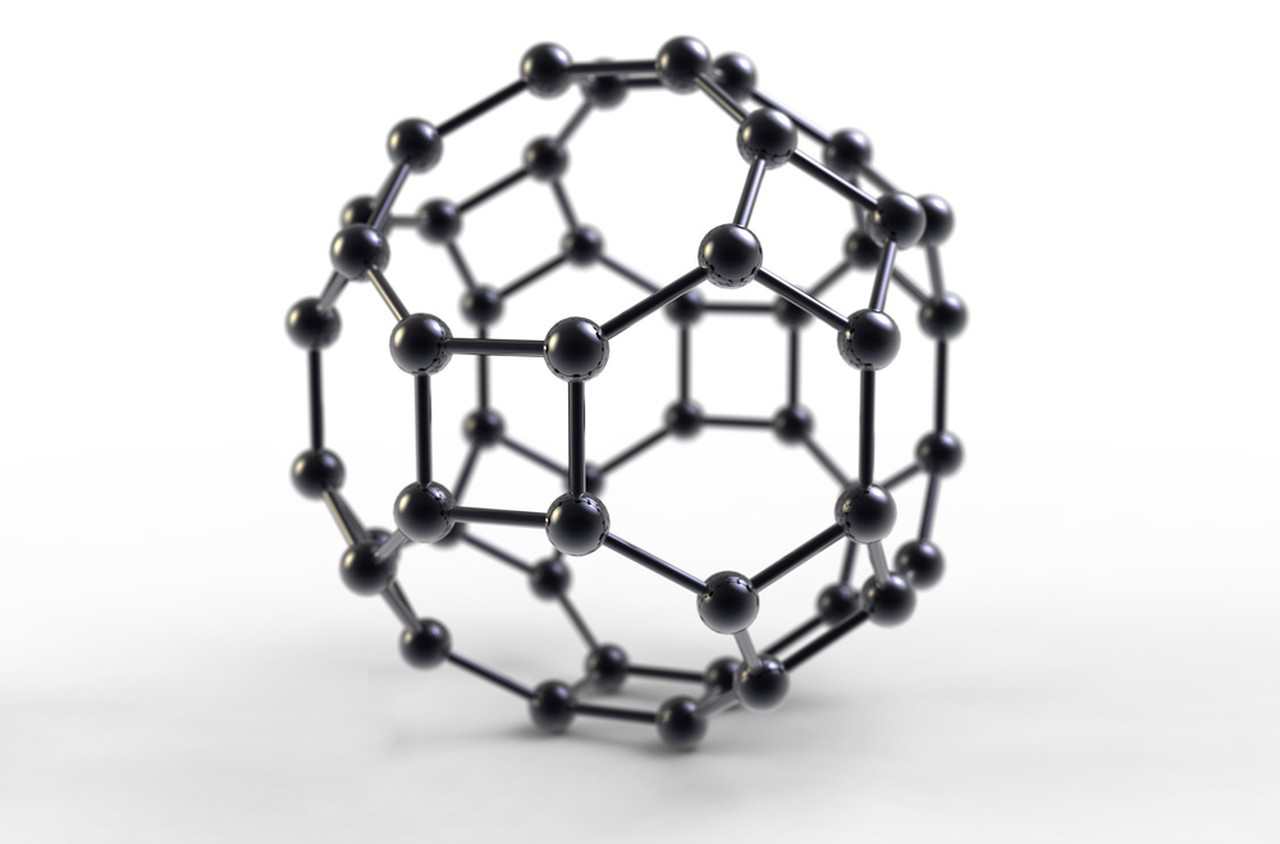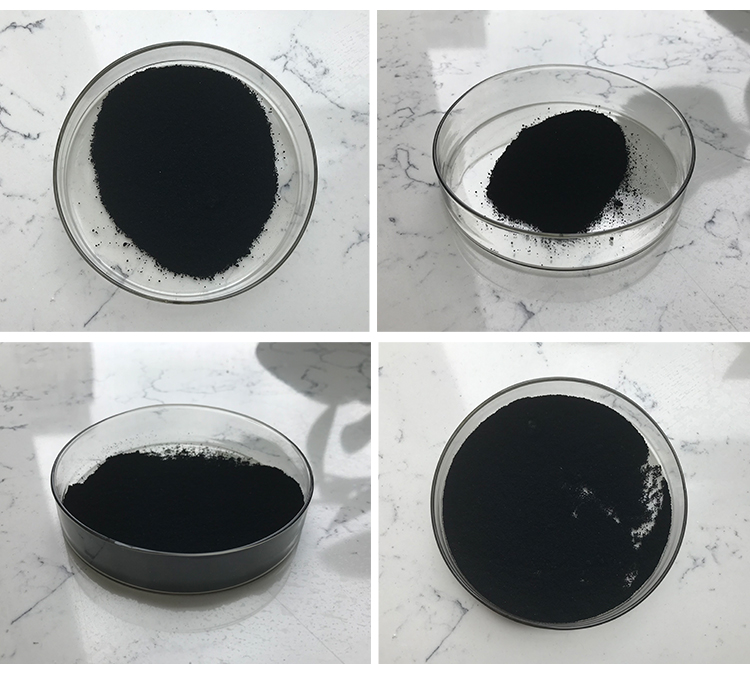Fullerene C60, also known as Buckminsterfullerene or simply C60, is a unique and iconic molecule in the field of chemistry. It was first discovered in 1985 by Richard Smalley, Robert Curl, James Heath, Sean O’Brien, and Harold Kroto, who were awarded the Nobel Prize in Chemistry in 1996 for their work on fullerenes. Fullerene C60 belongs to a class of molecules known as fullerenes, which are hollow carbon structures resembling soccer balls, made up of carbon atoms arranged in a pattern of hexagons and pentagons.
Chemical Structure of Fullerene C60
Fullerene C60 is composed of 60 carbon atoms arranged in a spherical structure. It consists of 20 hexagonal rings and 12 pentagonal rings, forming a structure that resembles a soccer ball or a geodesic dome. Each carbon atom is bonded to three other carbon atoms, resulting in a highly stable and symmetrical structure.

Physical Properties of Fullerene C60
- Molecular Weight: The molecular weight of Fullerene C60 is approximately 720 atomic mass units (amu).
- Shape: As mentioned earlier, Fullerene C60 has a spherical shape with a diameter of about 7 angstroms (0.7 nanometers).
- Bond Lengths: The carbon-carbon bond lengths within the hexagonal and pentagonal rings of Fullerene C60 are approximately 0.142 nanometers.
- Electron Configuration: Fullerene C60 has a unique electron configuration due to its geometry and the arrangement of carbon atoms. It exhibits both aromatic and antiaromatic characteristics, contributing to its stability.
- Solubility: Fullerene C60 is sparingly soluble in common organic solvents like toluene and benzene. It has limited solubility in water but can form colloidal suspensions in some cases.
- UV-Vis Absorption: Fullerene C60 absorbs light strongly in the ultraviolet and visible regions of the electromagnetic spectrum. It has a characteristic absorption peak around 330 nanometers.
- Conductivity: Fullerene C60 is a semiconducting material, meaning it can conduct electricity under certain conditions. It exhibits interesting electrical properties that make it useful in various electronic applications.

- Stability: Fullerene C60 is remarkably stable due to its symmetric structure and the presence of delocalized π electrons, which contribute to its robustness.
- Reactivity: While Fullerene C60 itself is relatively inert, it can undergo various chemical reactions, such as addition reactions with electron-rich species like radicals and alkali metals.
- Applications: Fullerene C60 has found applications in various fields, including materials science, electronics, nanotechnology, and medicine. It can be used as a component in organic photovoltaic cells, as a catalyst, and in drug delivery systems, among other uses.
Fullerene C60’s unique structure and properties have led to extensive research and exploration of its potential applications in diverse areas of science and technology.
